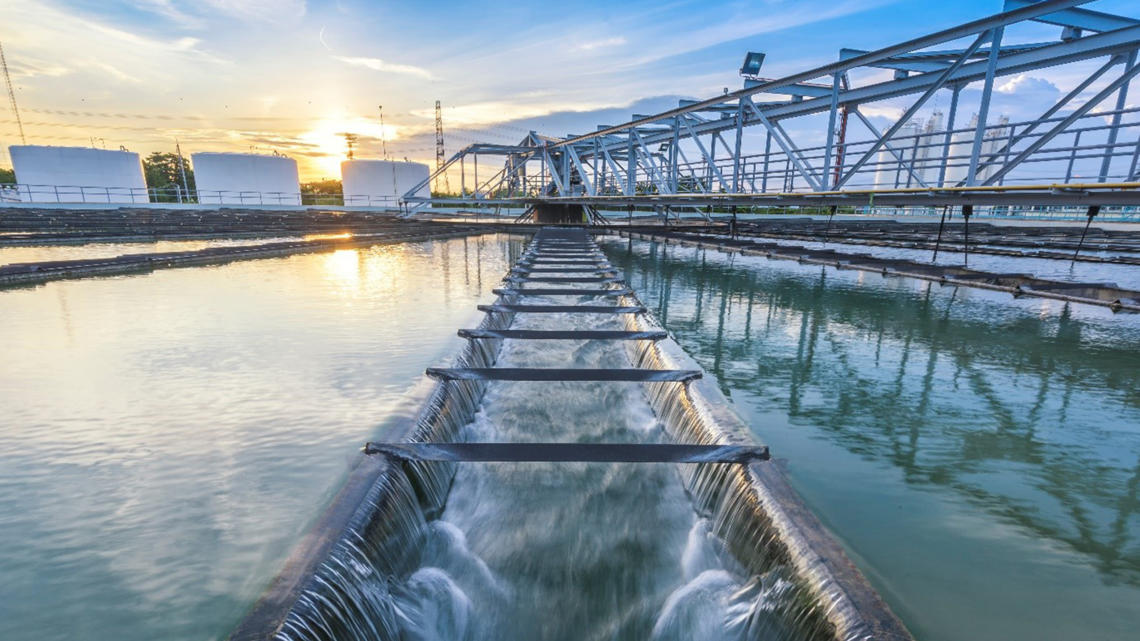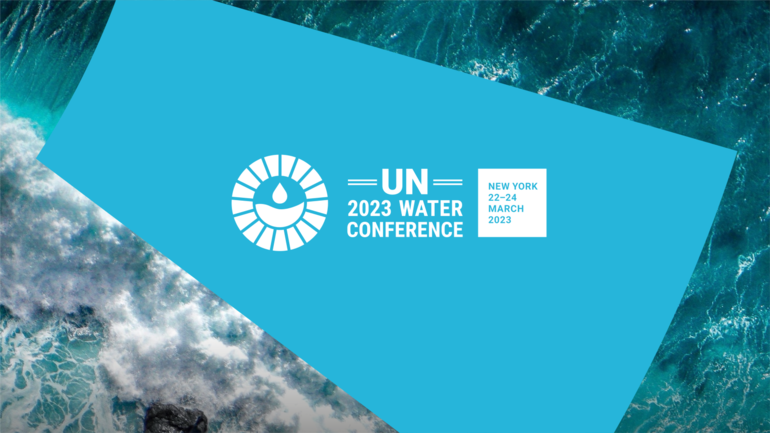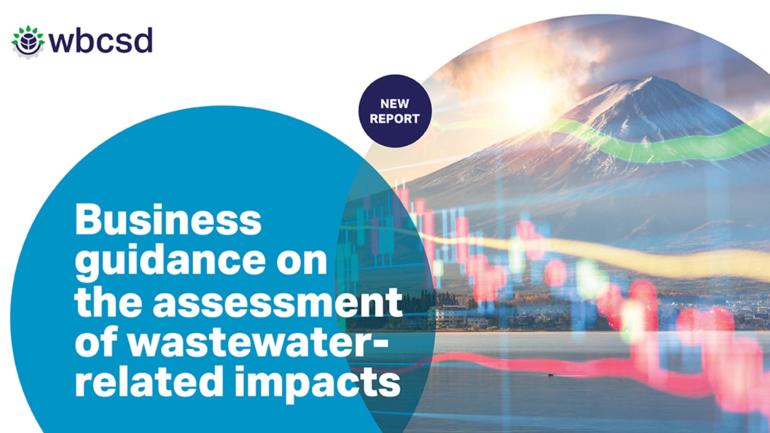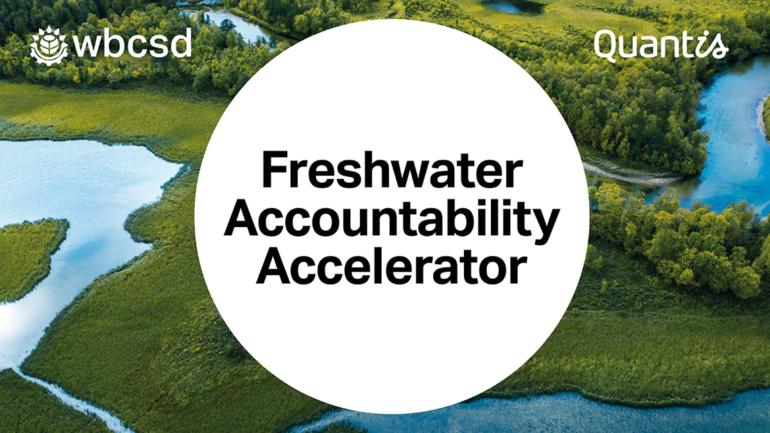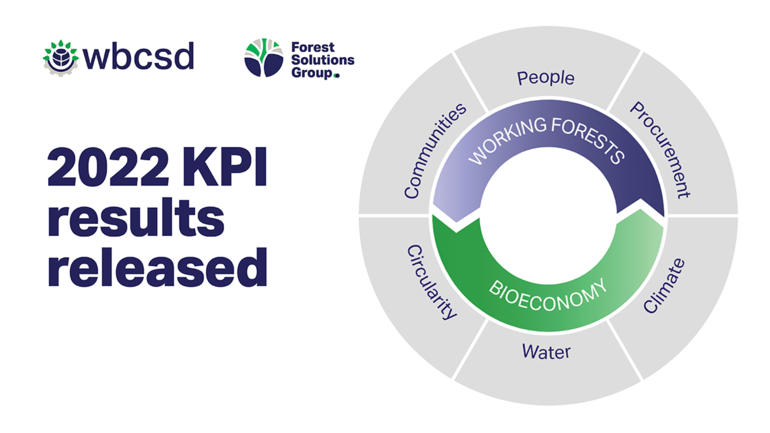Today is World Water Day, and organizations around the world are exploring how they can be smarter with water through circular solutions.
From California to Sao Paolo, India and South Africa, water shortages are making headlines.
Two-thirds of the global population currently lives under conditions of severe water scarcity at least one month out of every year. Half a billion people in the world face severe water scarcity all year round.
In Europe and North America, industry consumes 50% of available water and agriculture uses about 70% of global freshwater supply. At the same time, 80% of wastewater flows back into the environment without being treated or reused.
These shortages have serious implications for local communities, regional environments and for business.
We need to get serious about addressing water scarcity and ecosystems pollution through circular water management solutions by “reducing and reusing it.”
This is a key business opportunity.
In 2016, some of the world’s largest companies reported USD $14 billion in water-related impacts including drought, flooding or water stress – five times more than the previous year. At the same time, over 25% of companies who disclose under CDP’s water program “have experienced detrimental impacts from water this year, and expect over half (54%) of the water risks they identified to materialize within the next six years.”
Business has a clear role to play and there is a strong business case for addressing water issues. Forward-thinking companies are leading the way by setting internal water efficiency targets. Companies are also engaging in local water management with other users who share the same water resources.
At WBCSD, a leading group of companies is developing a Business Guide to Circular Water Management. Launching at the World Circular Economy Forum in June 2017, it aims to equip companies with tools to implement water reduction, reuse and recycling.
The guide contains practical case studies that show how companies have successfully used circular water management practices to generate savings, increase efficiency, and reduce water use and environmental impact.
Here’s a sneak peek:
- In Brazil, Electricité de France (EDF) has achieved 50% reductions of consumption in the water circuits of its thermal power plants. They improved internal systems and employee awareness, implemented a system to capture rainwater, and reinjected used water into the system.
- Procter & Gamble (P&G) describes how tracking water use within their powder laundry detergent plants led to innovative reuse practices at their facility in Egypt. This tracking system allowed them to reduce fresh water usage by nearly 40%, while eliminating the need for off-site treatment of soapy water.
- In Australia, an ENGIE plant reduced its freshwater use by 85%. They did this by using water recovered from neighboring industries, and sharing back electricity and steam with these industries.
- Nestlé discusses its “shadow” water cost, a methodology to evaluate water-saving projects, taking into account environmental and social benefits. In Mexico, this facilitated the introduction of the Zer’Eau project, with the goal of creating a dairy factory with a positive water impact. The plant can now run solely on water recovered from fresh milk.
Throughout the guide, WBCSD and members show that companies can reduce their water footprint. This is only the beginning of exploring the immense opportunities that circular water management creates to benefit people, planet and profit.
We need to take greater action, and fast. We’re calling on all companies to join WBCSD members in our efforts to bring water on the corporate agenda. Join now!

